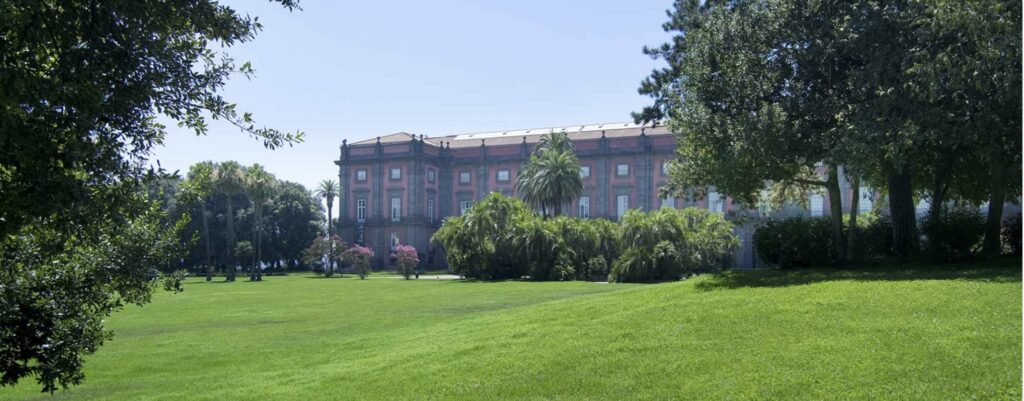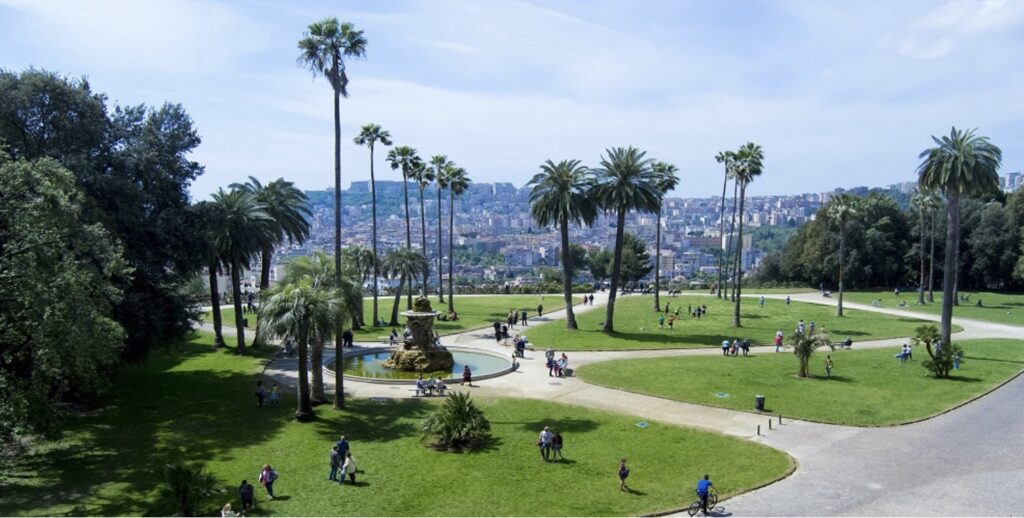ChatGPT:
The Museo e Real Bosco di Capodimonte, located in Naples, Italy, is a renowned museum and park. The museum is housed in the grand Bourbon palace of Capodimonte. It is one of Italy’s most significant art museums, featuring an extensive collection of Neapolitan art, as well as works by Italian and European masters such as Raphael, Titian, Caravaggio, and El Greco. The museum’s collections span from the Middle Ages to contemporary art.
The surrounding Real Bosco di Capodimonte is a vast public park that covers over 124 acres. It offers lush greenery, formal gardens, ancient trees, and scenic views of Naples and the Bay of Naples. The park is a popular spot for both locals and tourists, providing a serene escape from the bustling city. The combination of art, history, and nature makes the Museo e Real Bosco di Capodimonte a unique and enriching destination.
The Museo has a rich history that dates back to the 18th century. The palace was commissioned by King Charles VII of Naples (later Charles III of Spain) in 1738 to house his significant art collection, which he inherited from his mother, Elisabetta Farnese. The building was designed by the architect Giovanni Antonio Medrano, with contributions from other notable architects and artists of the time.
Construction of the palace took several decades, and it was not completed until the early 19th century. Initially, the palace served as a royal residence and hunting lodge, as well as a place to display the king’s extensive art collection. Over time, the collection grew to include works from various Italian and European artists, thanks to acquisitions and donations.
In 1957, the palace officially became a public museum. The Museo di Capodimonte was established to house and exhibit the royal collections, which included not only paintings but also sculptures, tapestries, and decorative arts. The museum has since expanded its collection to include works from different periods and regions, making it one of Italy’s most comprehensive art museums.
Here are ten of the most well-known collections at the Museo e Real Bosco di Capodimonte:
- Farnese Collection: This collection includes masterpieces by Raphael, Titian, El Greco, and Parmigianino, originally amassed by the Farnese family and inherited by King Charles VII.
- Neapolitan School: Featuring works by Neapolitan artists such as Jusepe de Ribera, Luca Giordano, and Francesco Solimena, this collection highlights the artistic heritage of Naples from the Renaissance to the Baroque period.
- Caravaggio Collection: The museum houses notable works by Caravaggio, including “The Flagellation of Christ,” showcasing the dramatic use of light and shadow that characterizes his style.
- Tapestries: The collection includes exquisite tapestries from various periods, including those produced in the renowned Flemish workshops.
- Capodimonte Porcelain: The museum’s collection of porcelain features pieces from the Capodimonte Porcelain Factory, known for its high-quality craftsmanship and artistic designs.
- Borgia Collection: This collection comprises a variety of artifacts and artworks collected by the Borgia family, including sculptures, medals, and ancient relics.
- Contemporary Art: Featuring works by modern Italian and international artists, this collection reflects the museum’s commitment to contemporary artistic expressions.
- Prints and Drawings: An extensive collection of prints and drawings includes works by Michelangelo, Raphael, Rembrandt, and other masters, offering insights into their creative processes.
- Baroque Art: The museum’s Baroque collection includes significant works by artists such as Artemisia Gentileschi and Mattia Preti, highlighting the dramatic and emotive style of the period.
- Medieval and Renaissance Art: This collection includes important works from the medieval and Renaissance periods, showcasing the evolution of art and culture in Italy and Europe.
These collections represent the breadth and depth of the museum’s holdings, making it one of Italy’s most significant cultural institutions.
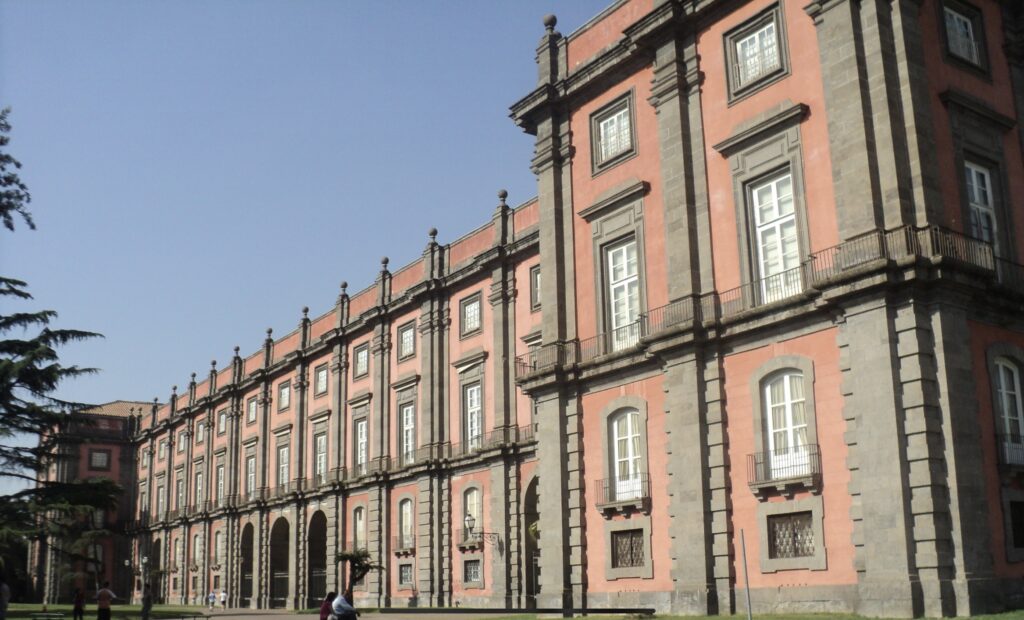
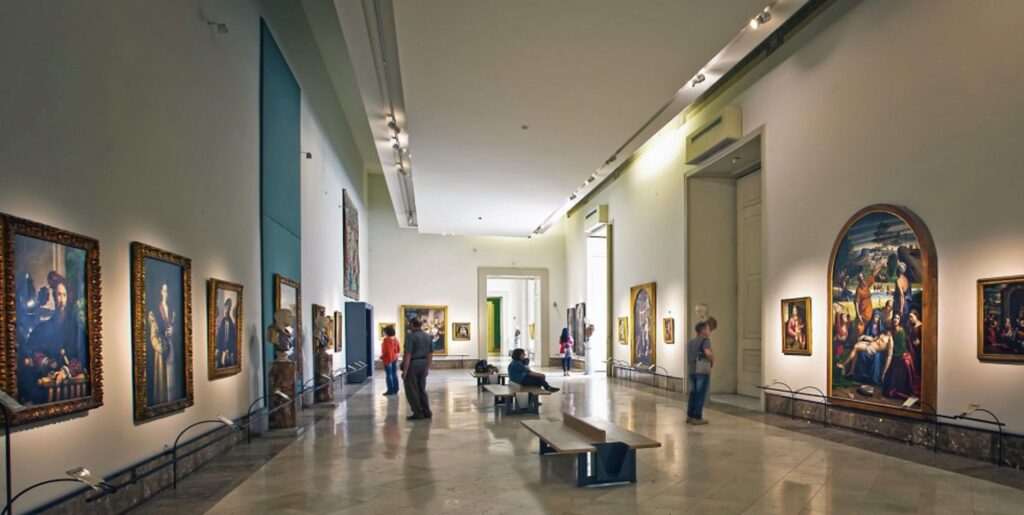
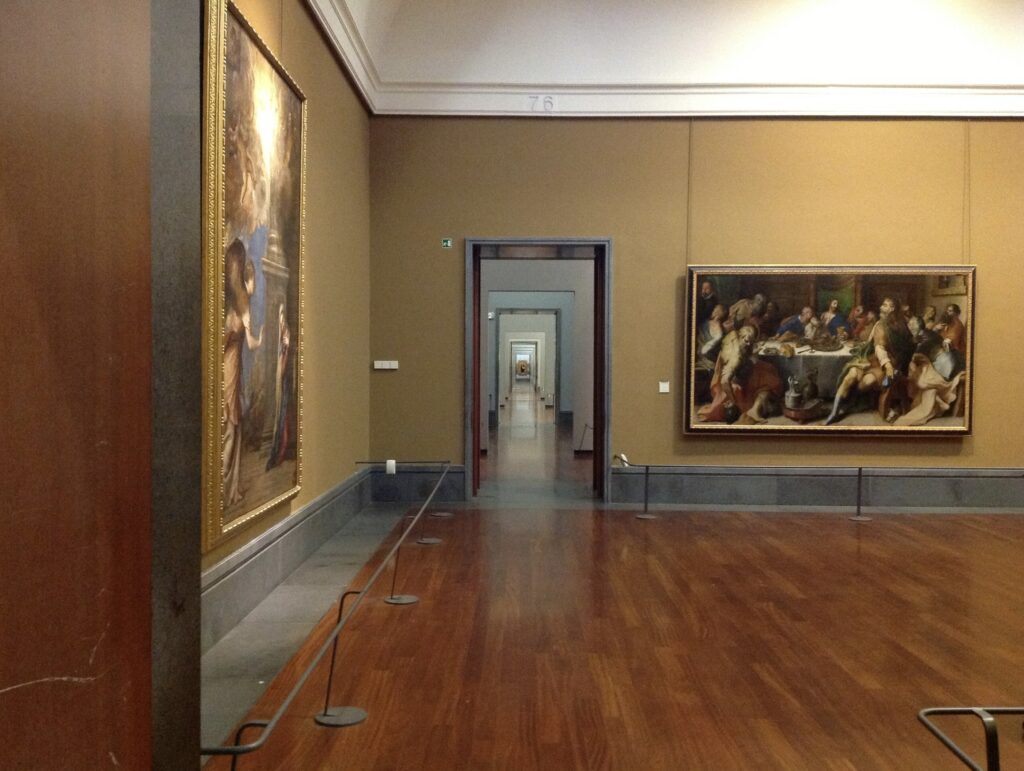
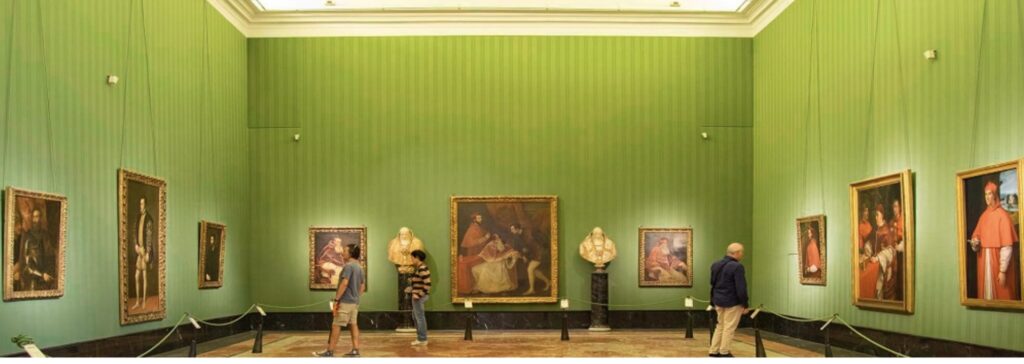
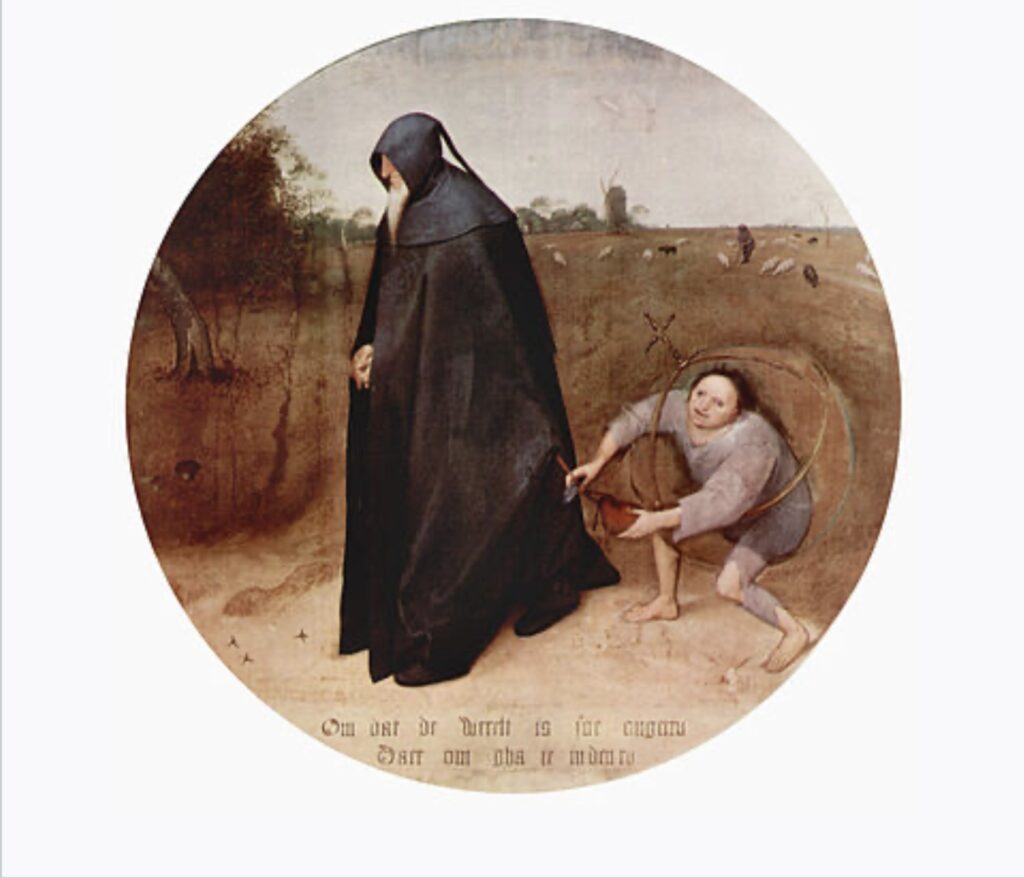

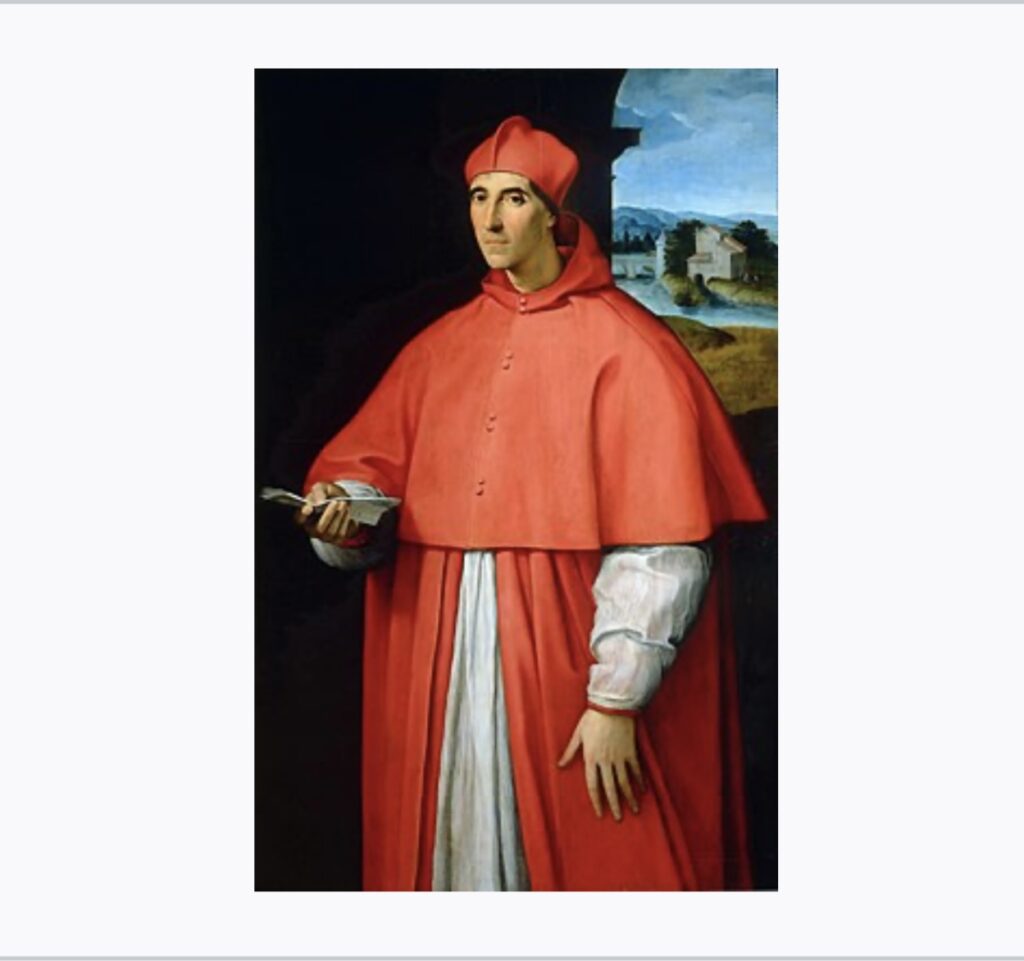


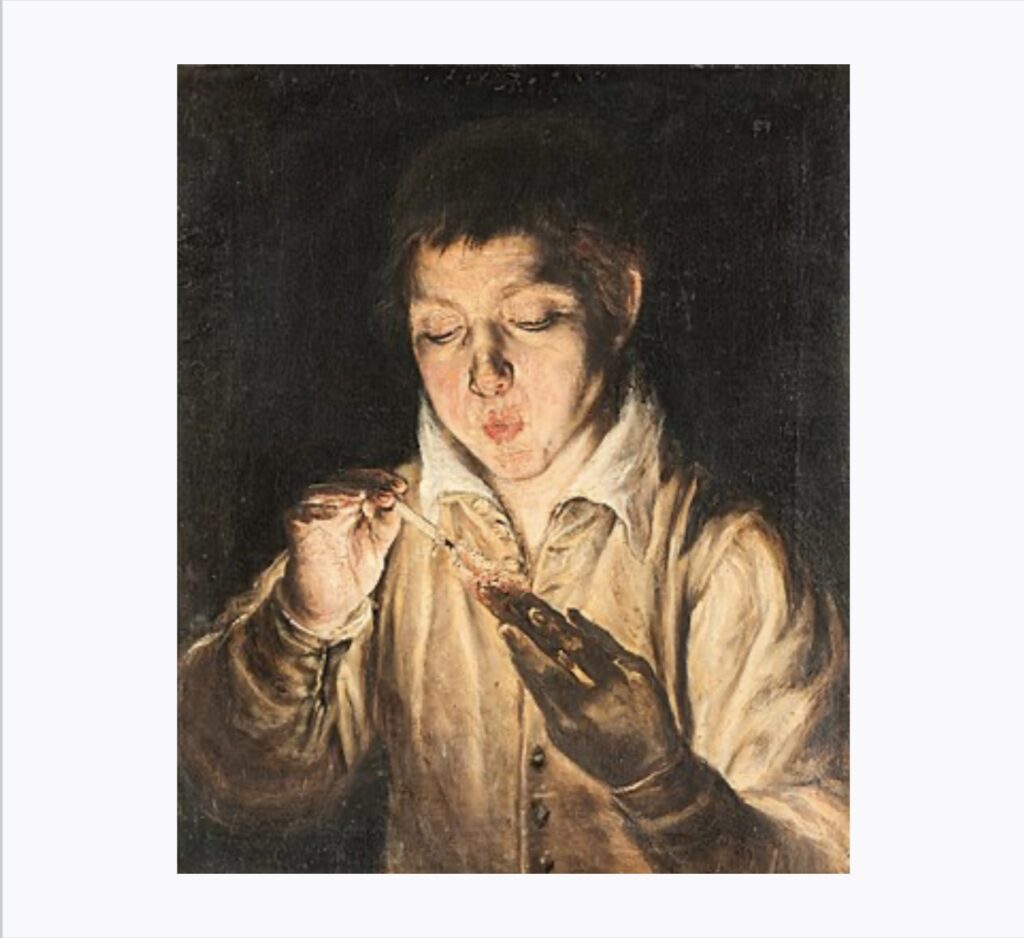


The Real Bosco di Capodimonte, located around the Museo di Capodimonte in Naples, Italy, is a sprawling and historic public park that spans over 124 acres. This park offers a blend of natural beauty, historical significance, and recreational opportunities, making it a cherished green space in the city.
Key Features of the Park:
Historical Origins: Established in the 18th century by King Charles VII of Naples as a royal hunting ground, the park retains much of its original layout and charm, reflecting its royal heritage.
Lush Landscapes: The park features a diverse array of landscapes, including manicured gardens, expansive lawns, dense woodlands, and formal avenues lined with ancient trees. The variety of plant life, including rare and exotic species, adds to the park’s appeal.
Scenic Vistas: Situated on a hill, the park provides stunning panoramic views of Naples, the Bay of Naples, and Mount Vesuvius. These vistas make it a popular spot for photography and contemplation.
Botanical Diversity: The park is home to numerous plant species, ranging from Mediterranean flora to exotic trees, creating a rich tapestry of greenery that changes with the seasons.
Walking and Jogging Paths: The park boasts a network of well-maintained paths that wind through its various sections, offering opportunities for leisurely strolls, jogging, and more vigorous exercise. These paths provide access to different parts of the park, each with its unique character.
Historic Buildings and Monuments: Scattered throughout the park are several historic buildings and monuments, including hunting lodges, fountains, statues, and the neo-Gothic Cellaio. These structures add historical depth and points of interest for visitors.
Recreational Areas: The park includes designated areas for recreation, such as children’s play areas and picnic spots. These areas are popular with families and groups looking to enjoy outdoor activities.
Cultural Events and Activities: The Real Bosco di Capodimonte is a venue for various cultural events, concerts, outdoor exhibitions, and educational programs. These activities attract both locals and tourists, enhancing the park’s role as a cultural hub.
Wildlife: The park supports a variety of wildlife, including birds, small mammals, and insects. Birdwatchers and nature enthusiasts can enjoy spotting different species in their natural habitat.
Peaceful Retreat: Despite being close to the bustling city, the park offers a peaceful retreat where visitors can escape the urban environment, relax, and connect with nature.
The Real Bosco di Capodimonte is more than just a park; it is a vital cultural and natural asset for Naples, providing a serene and enriching environment for all who visit.
